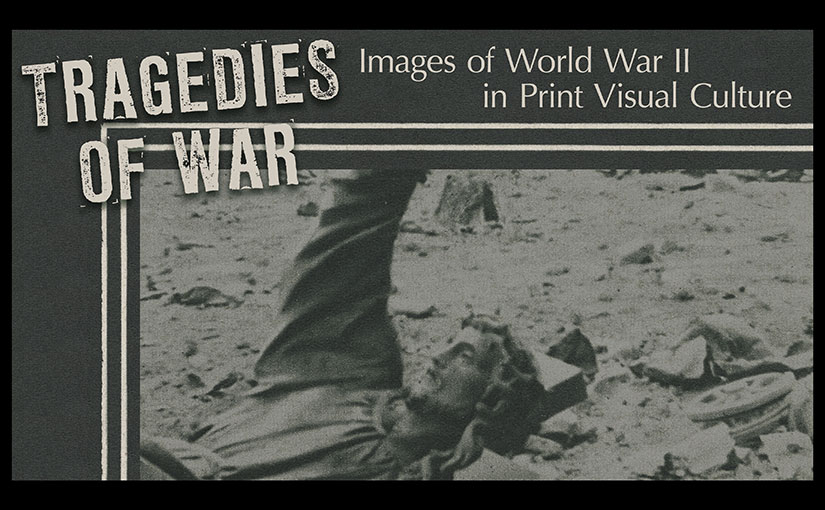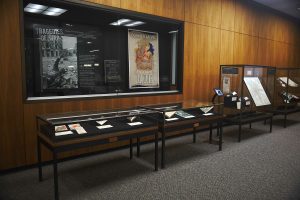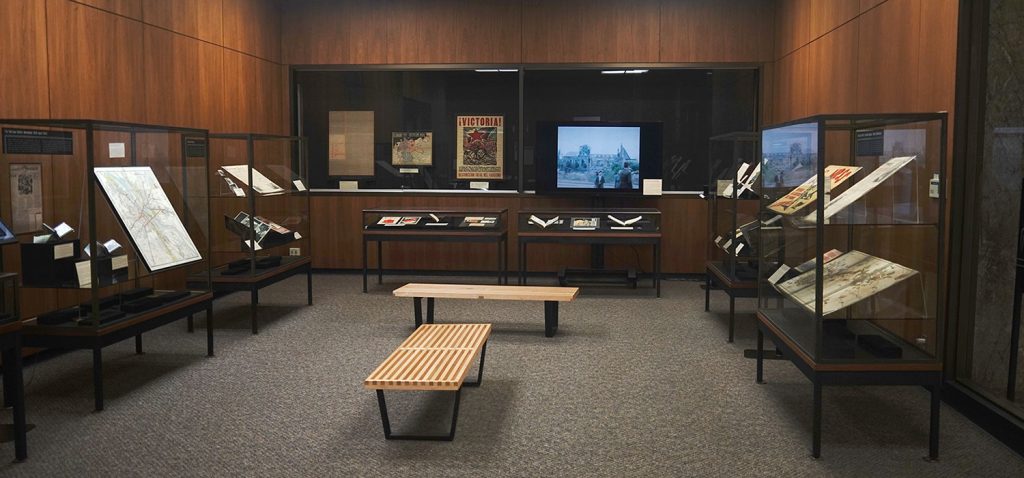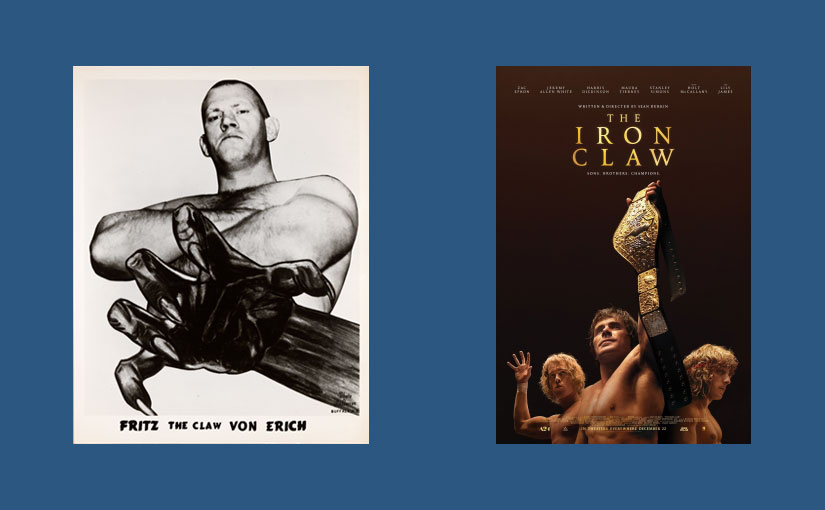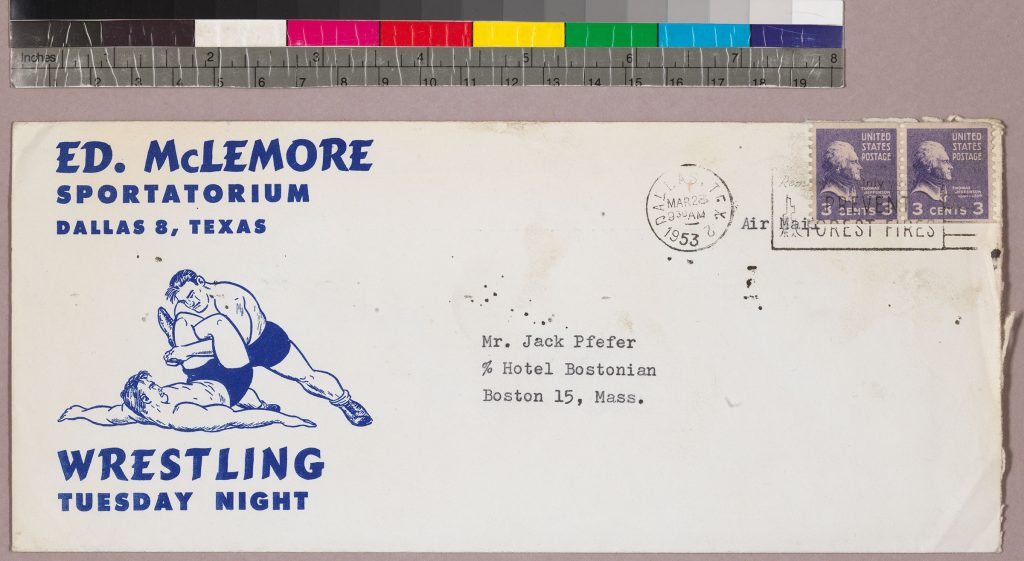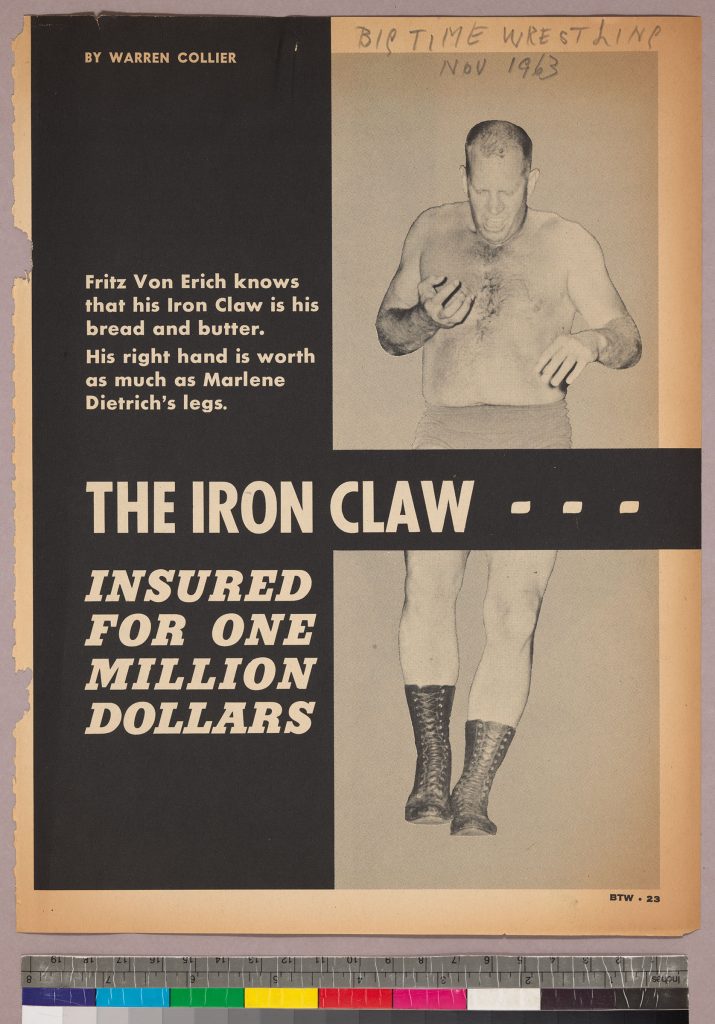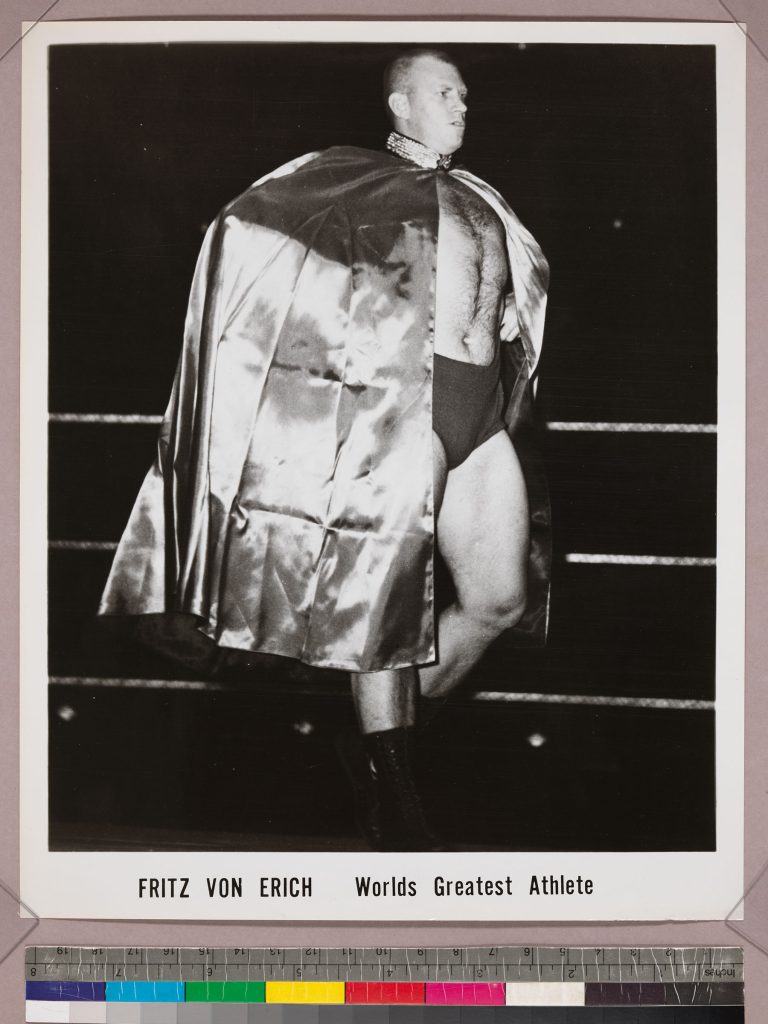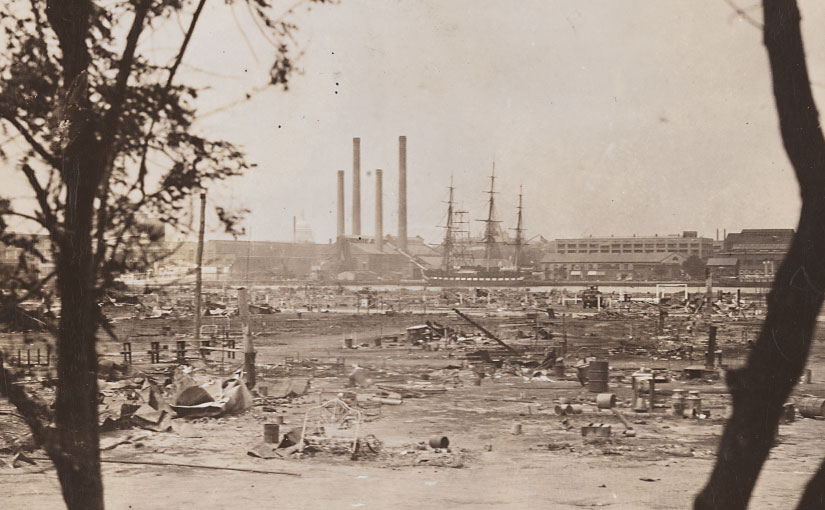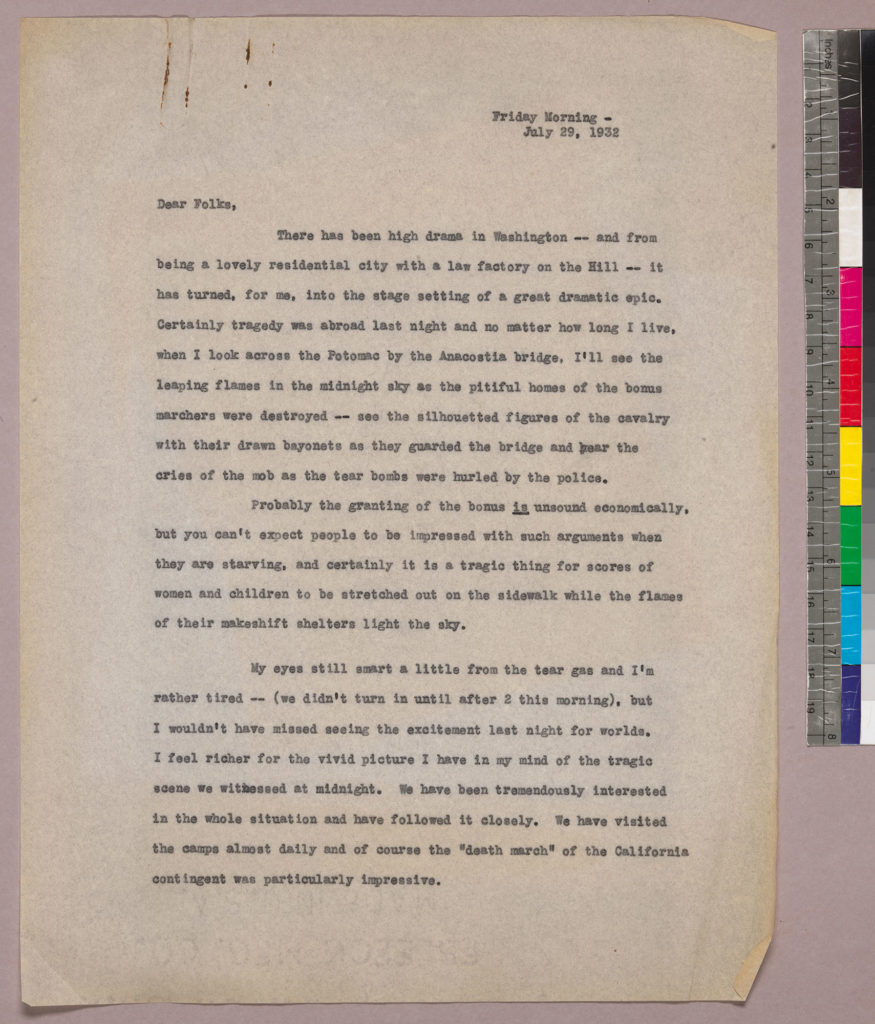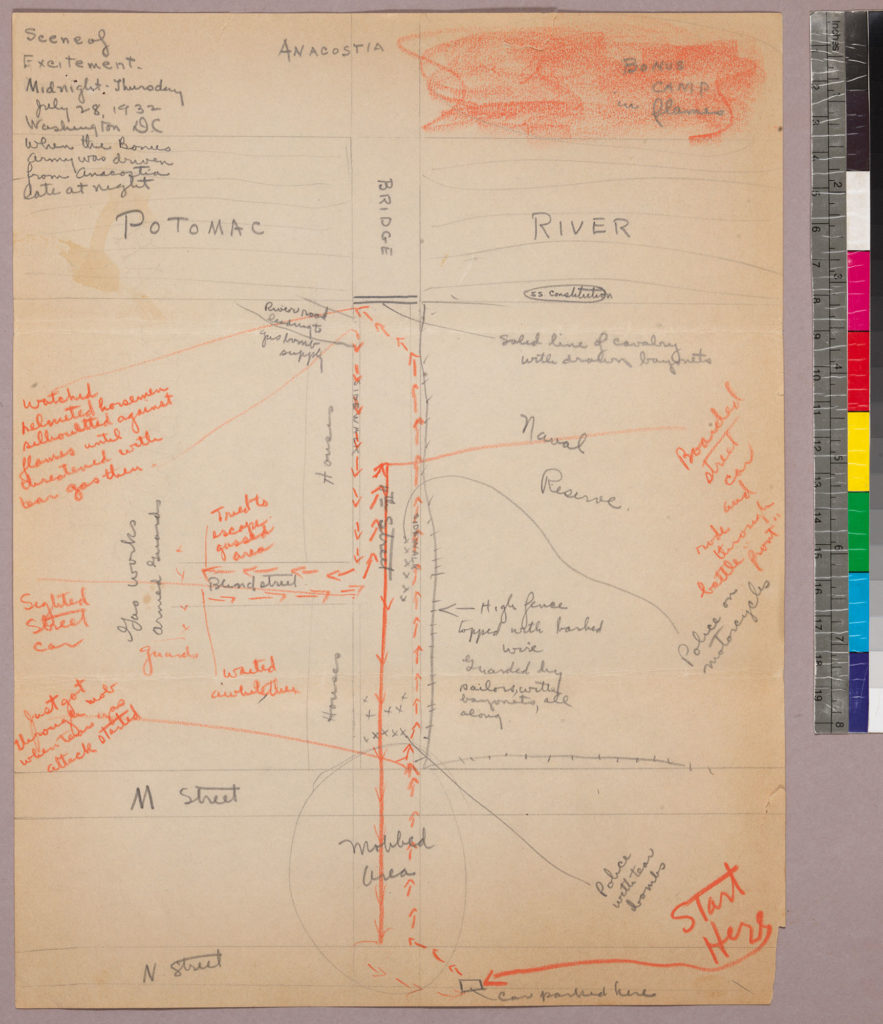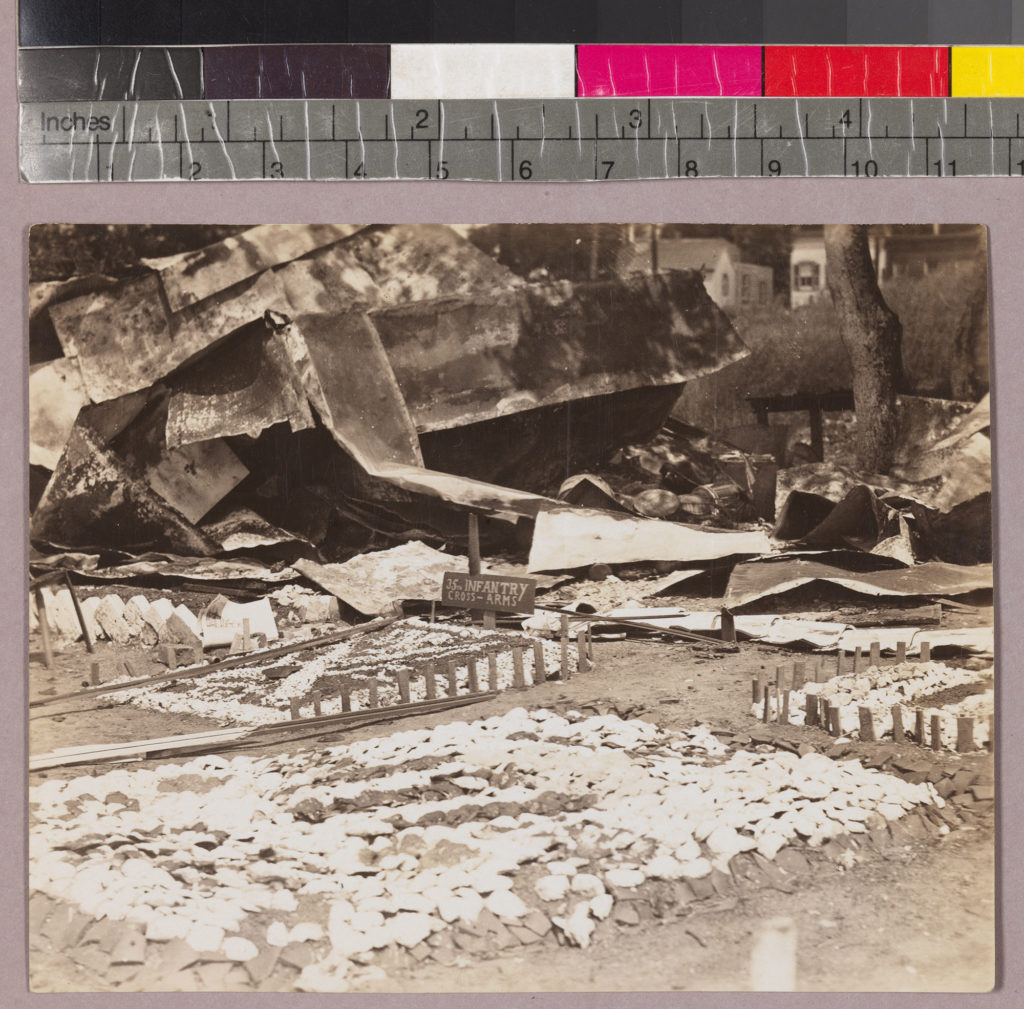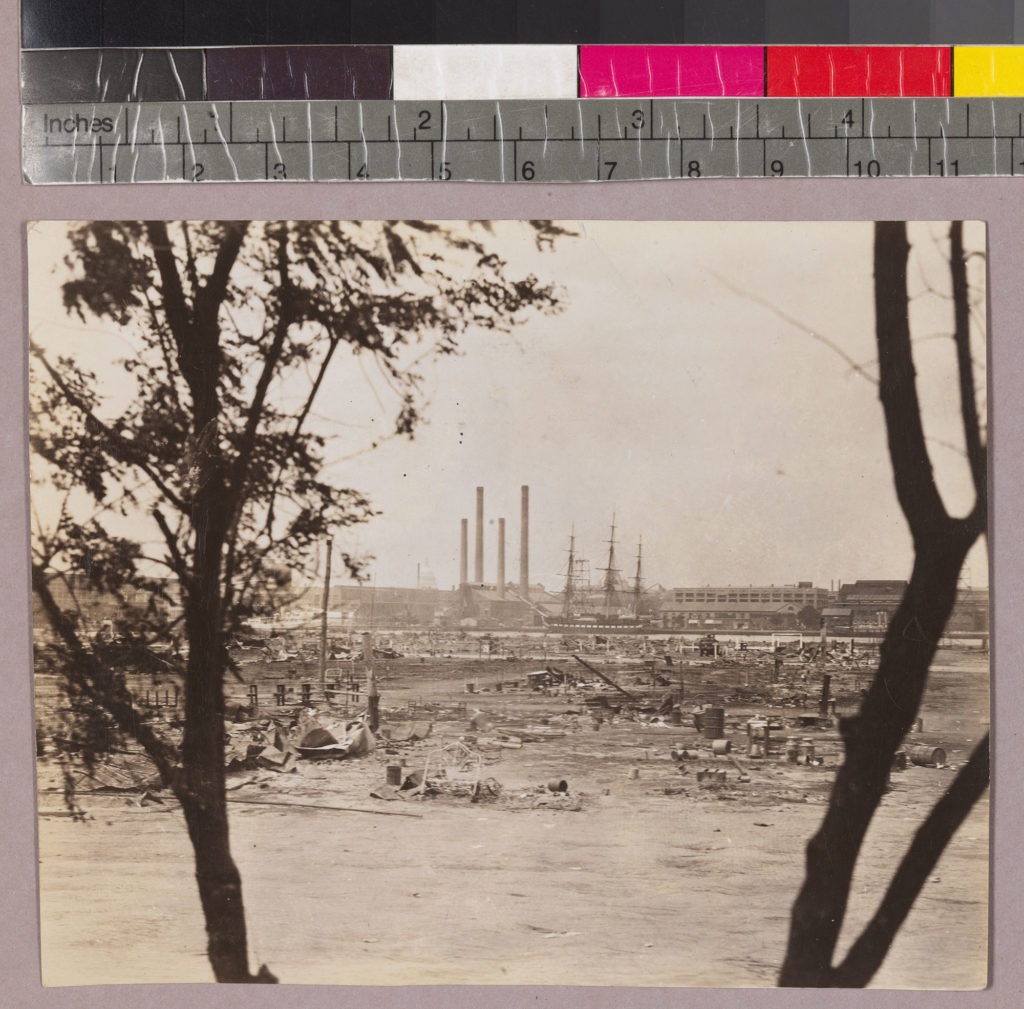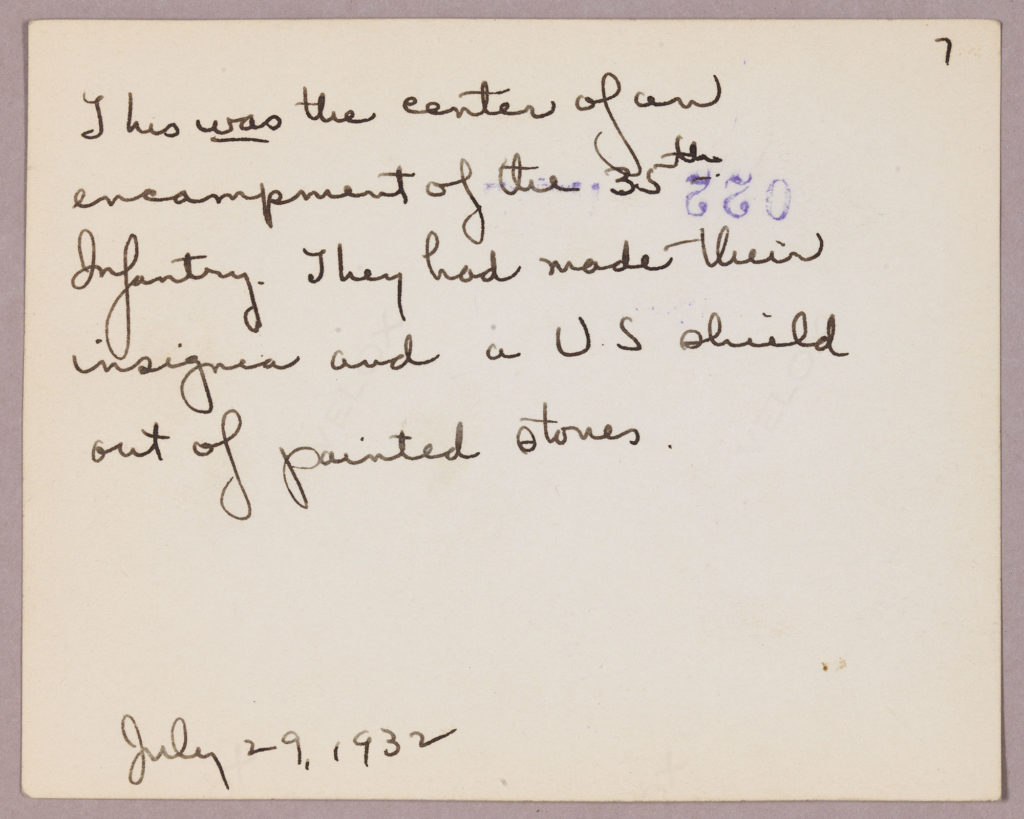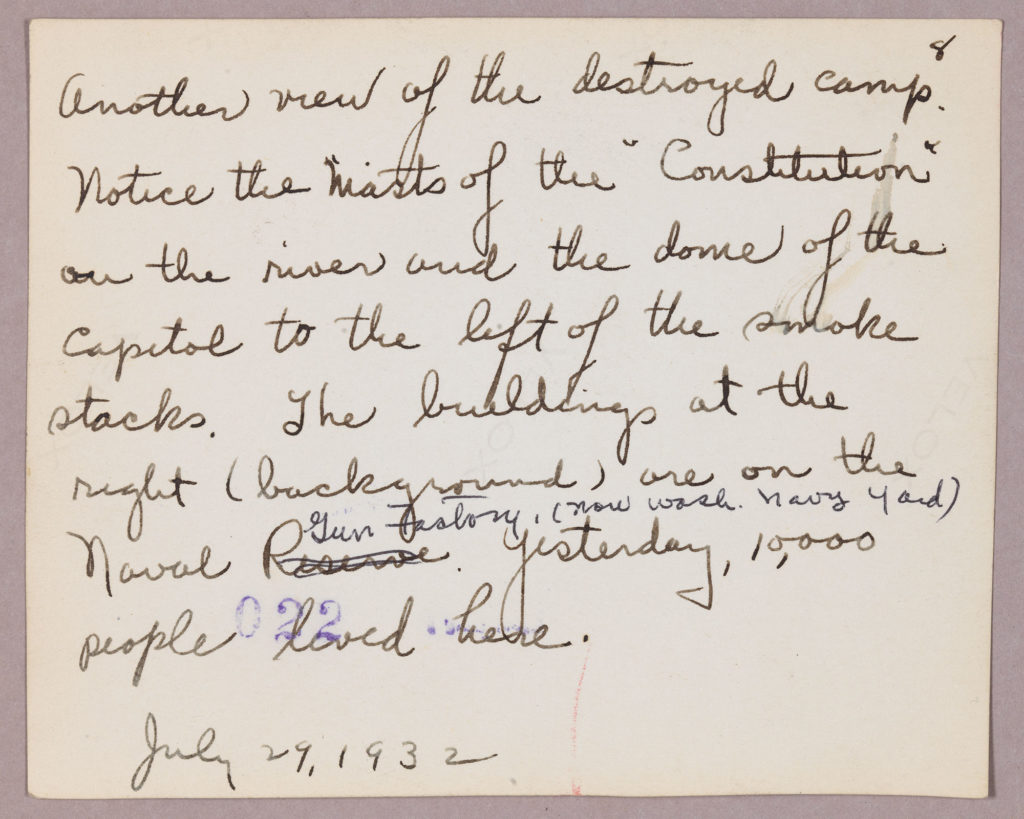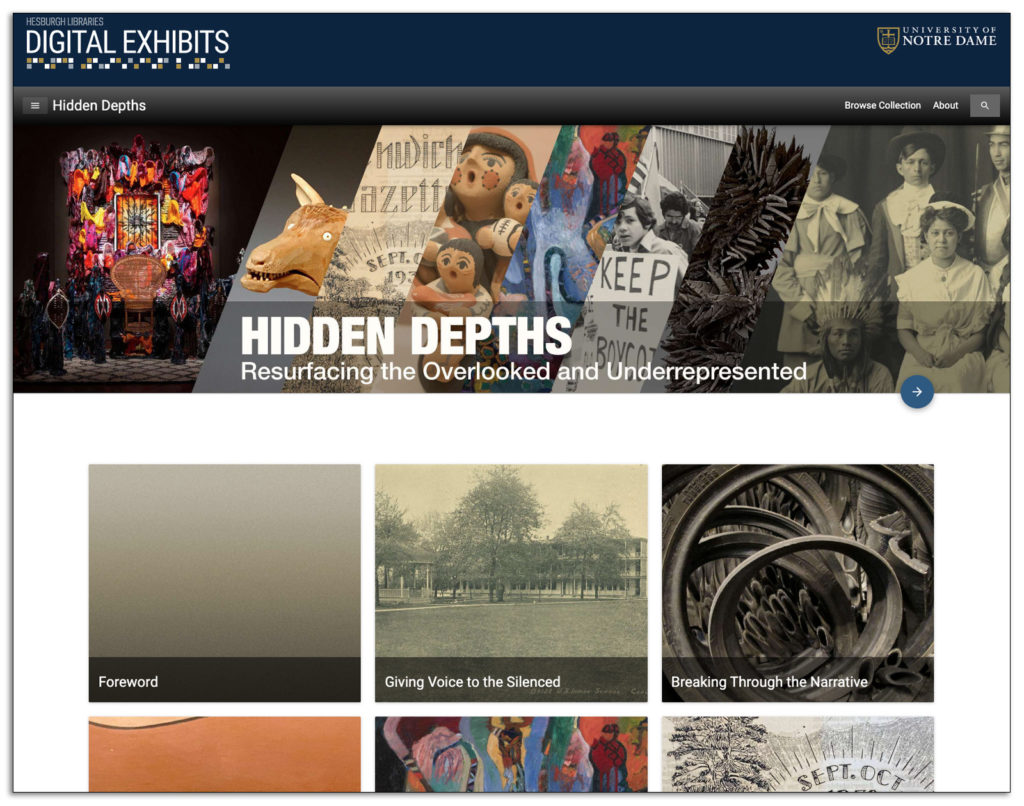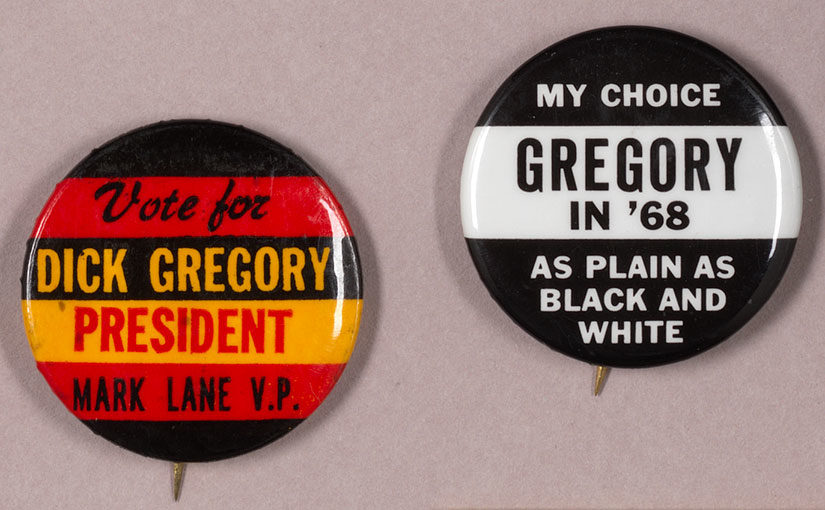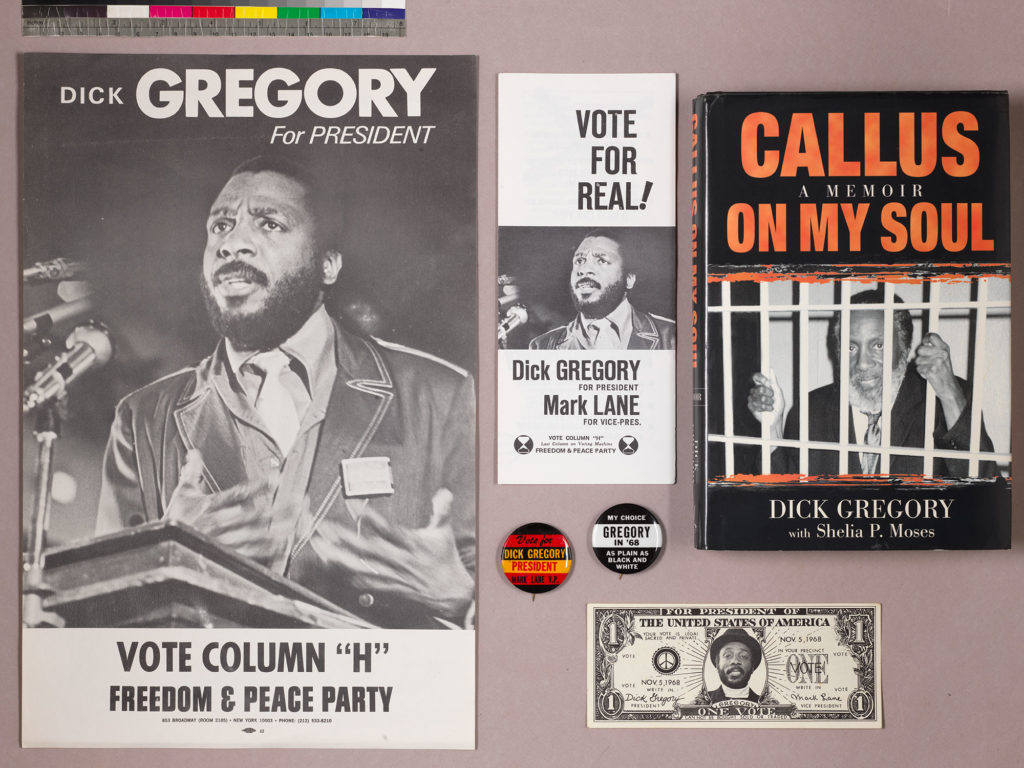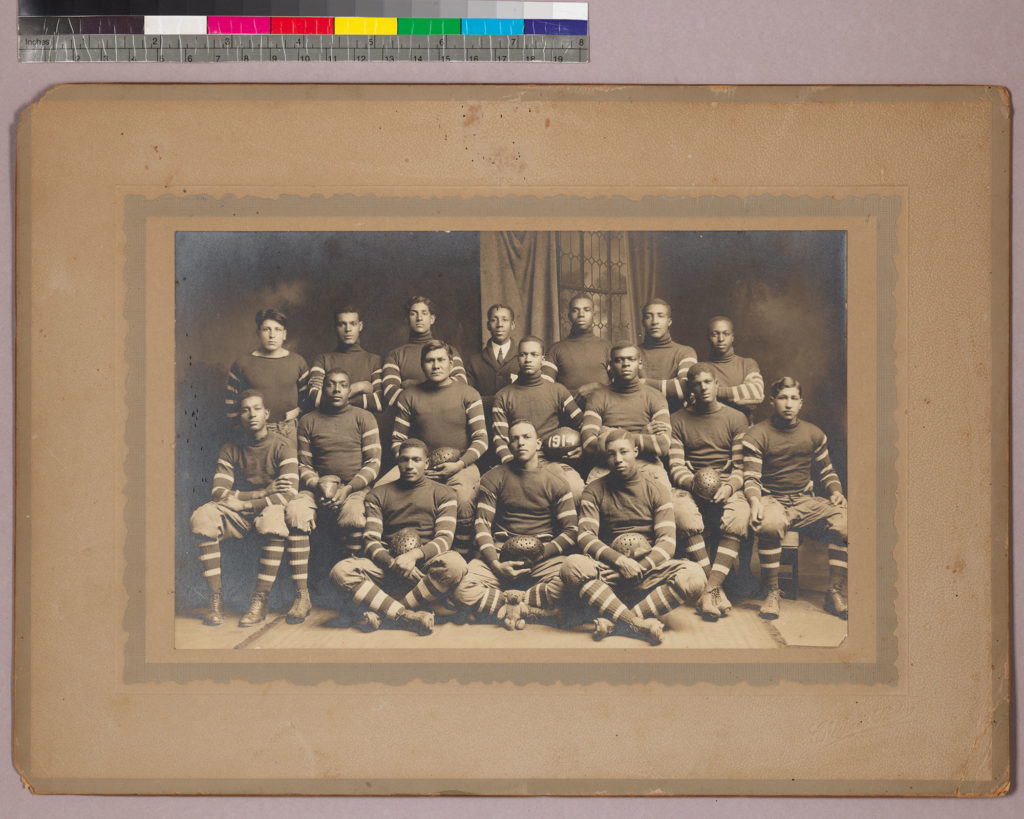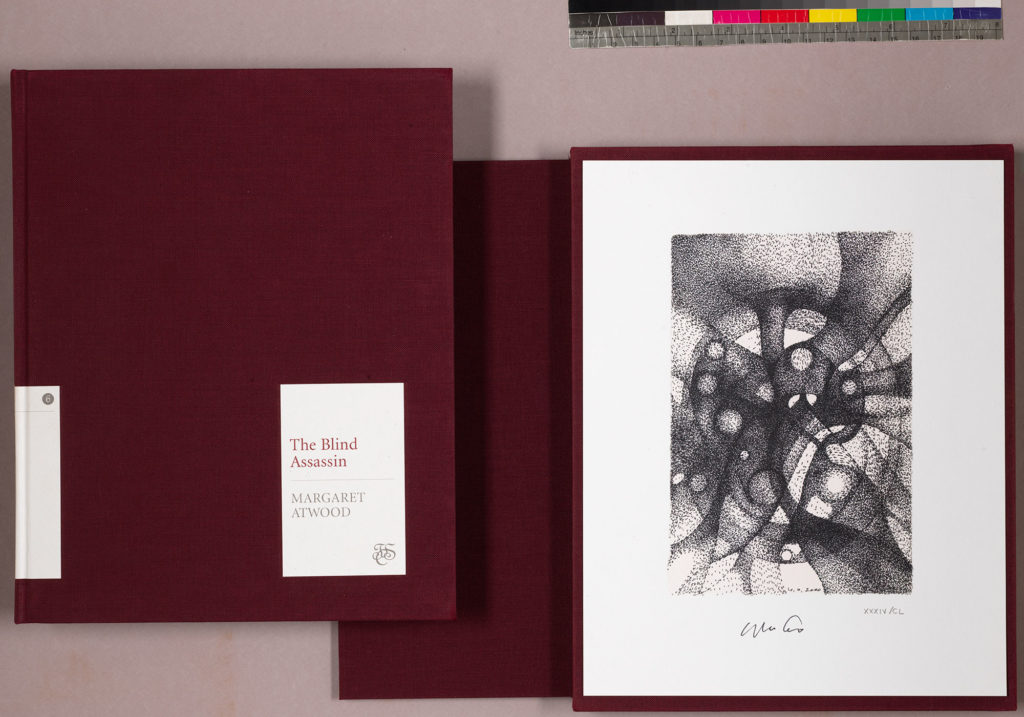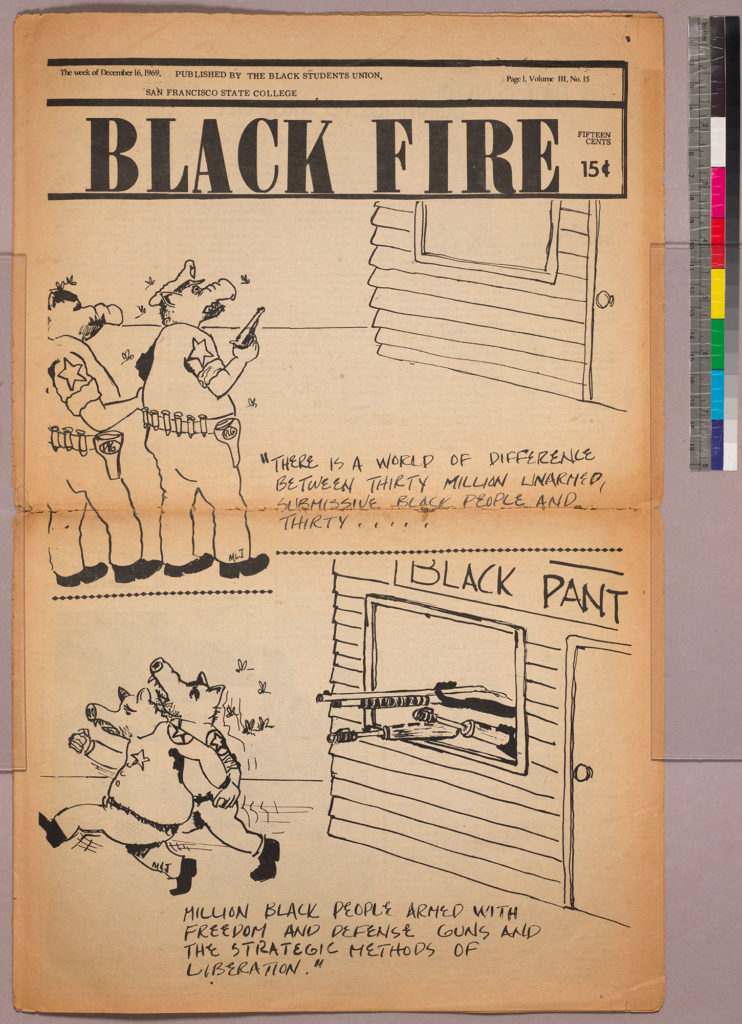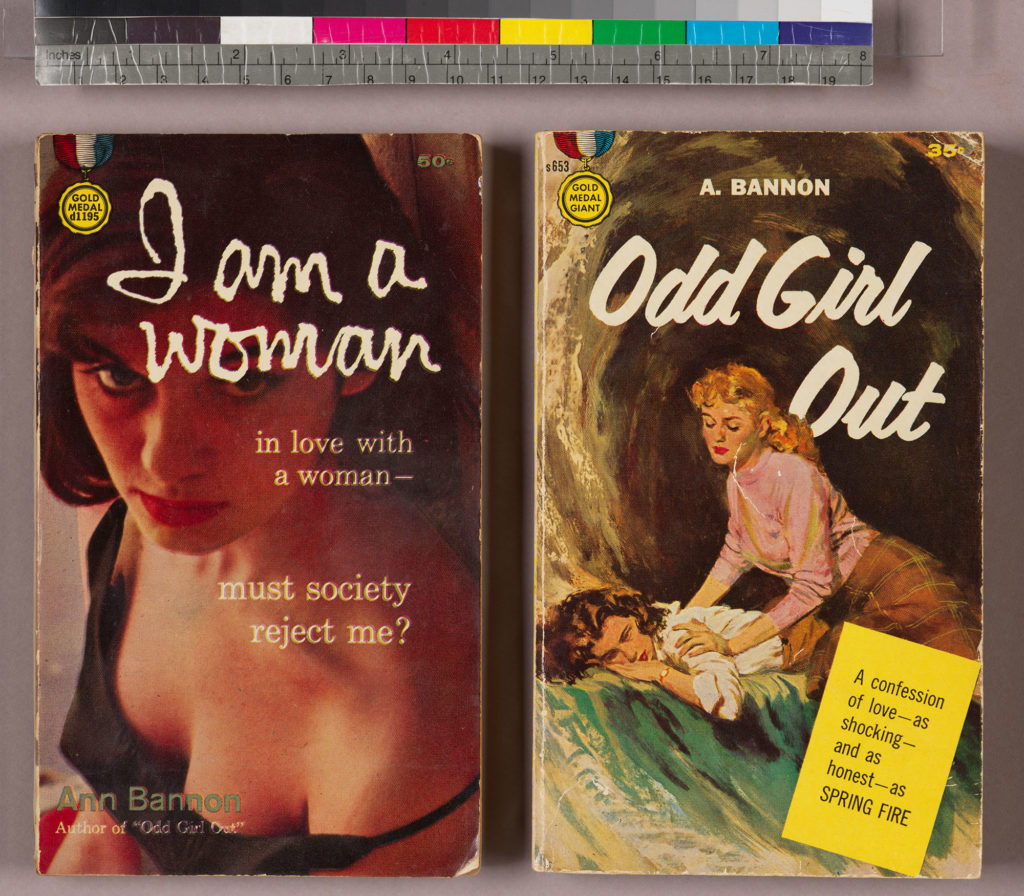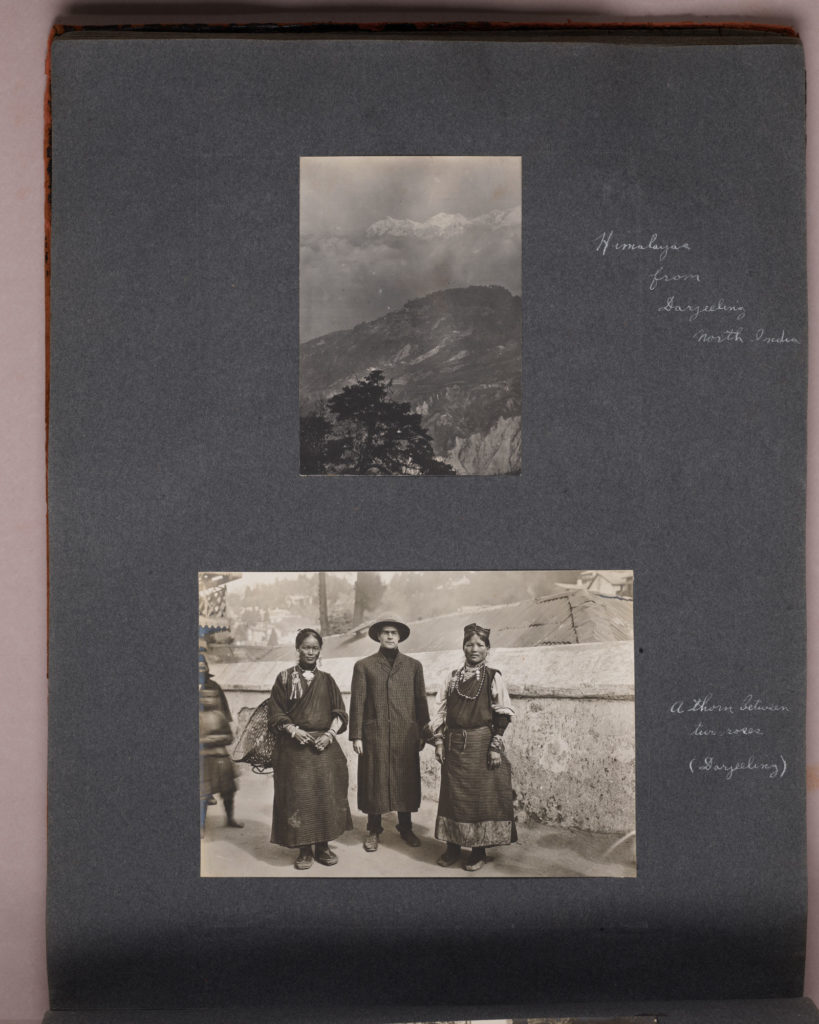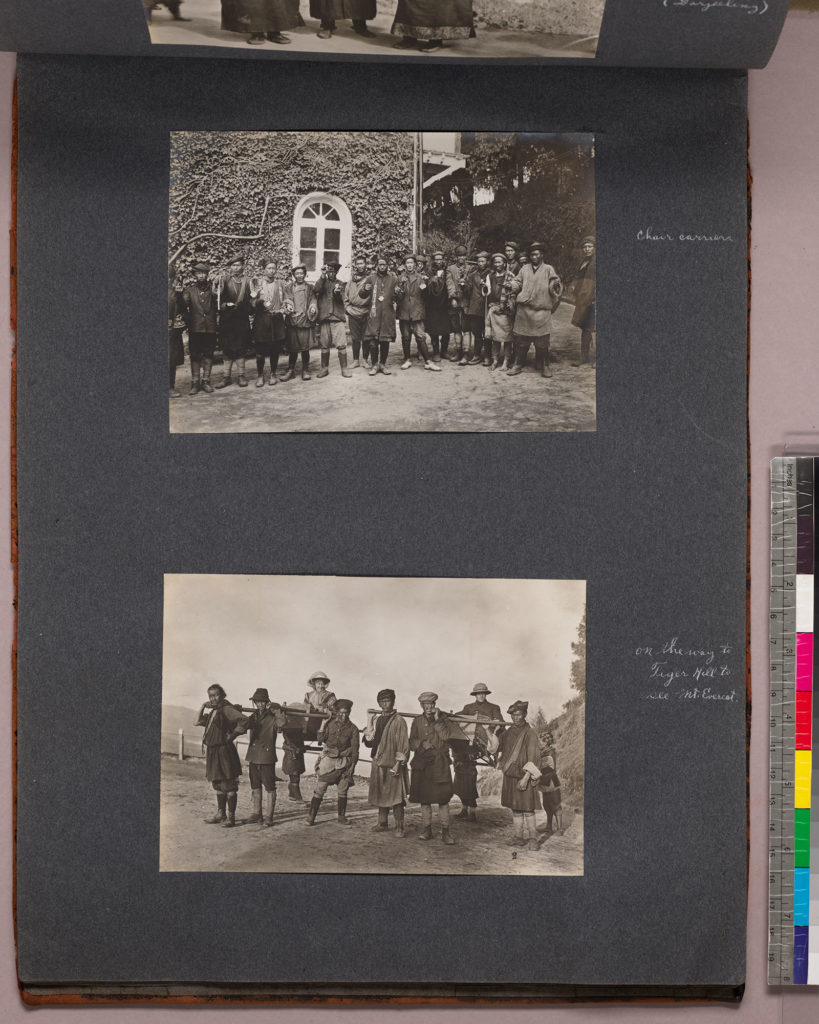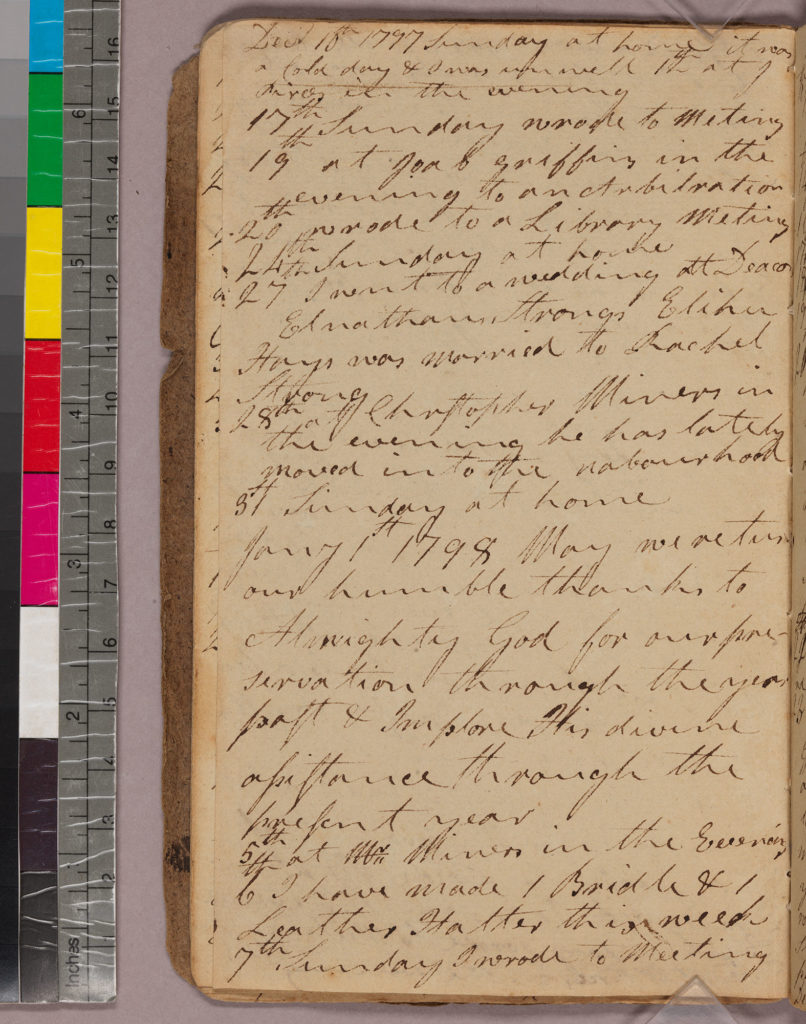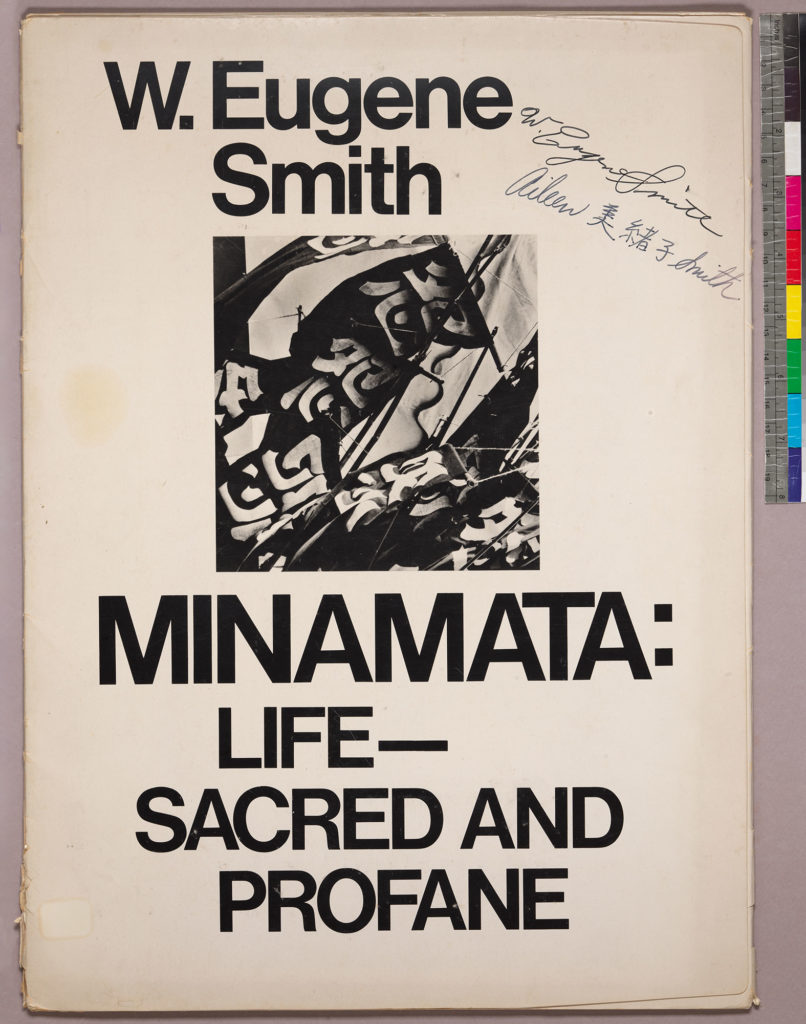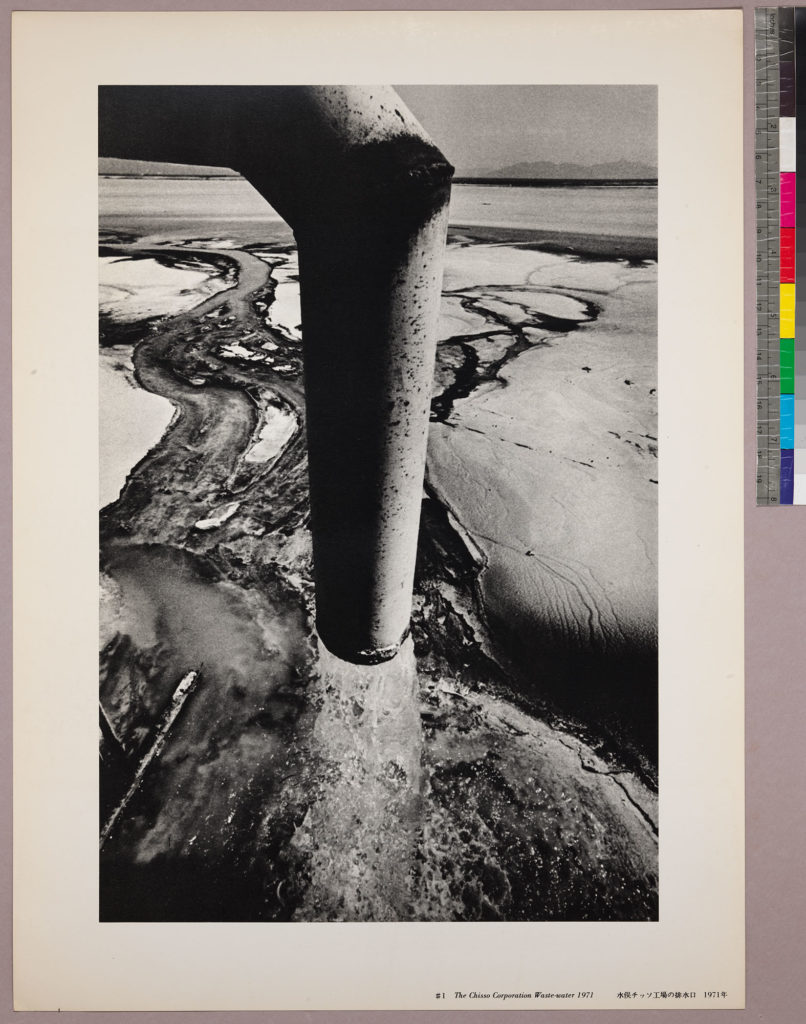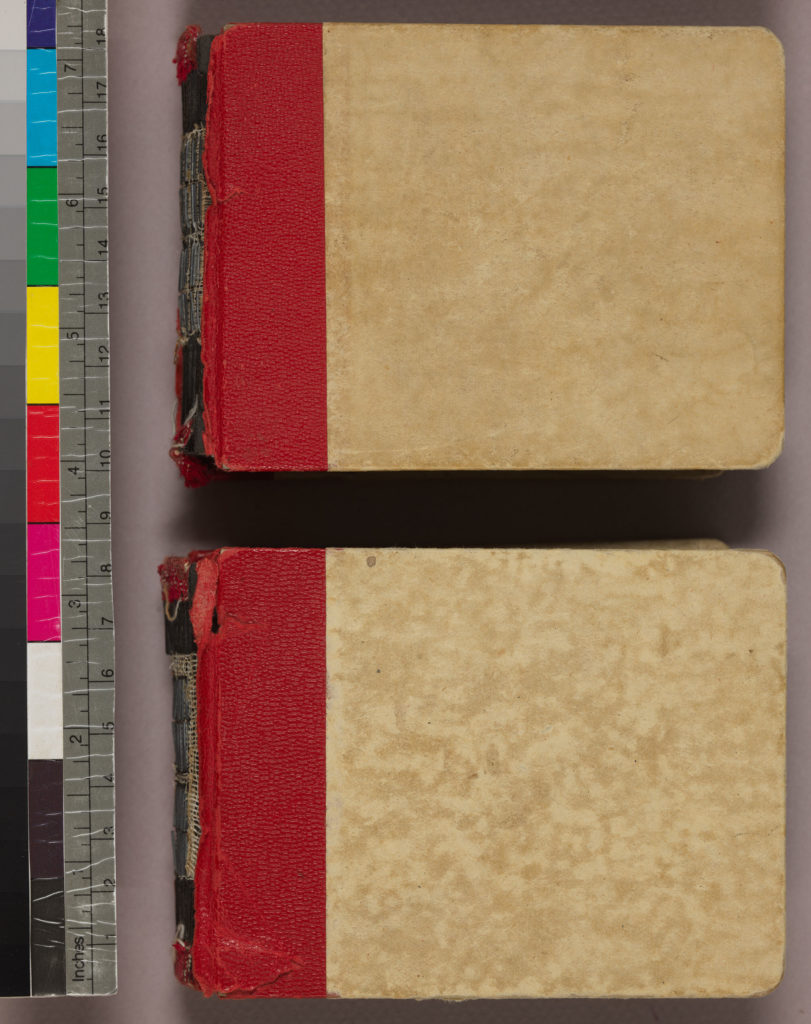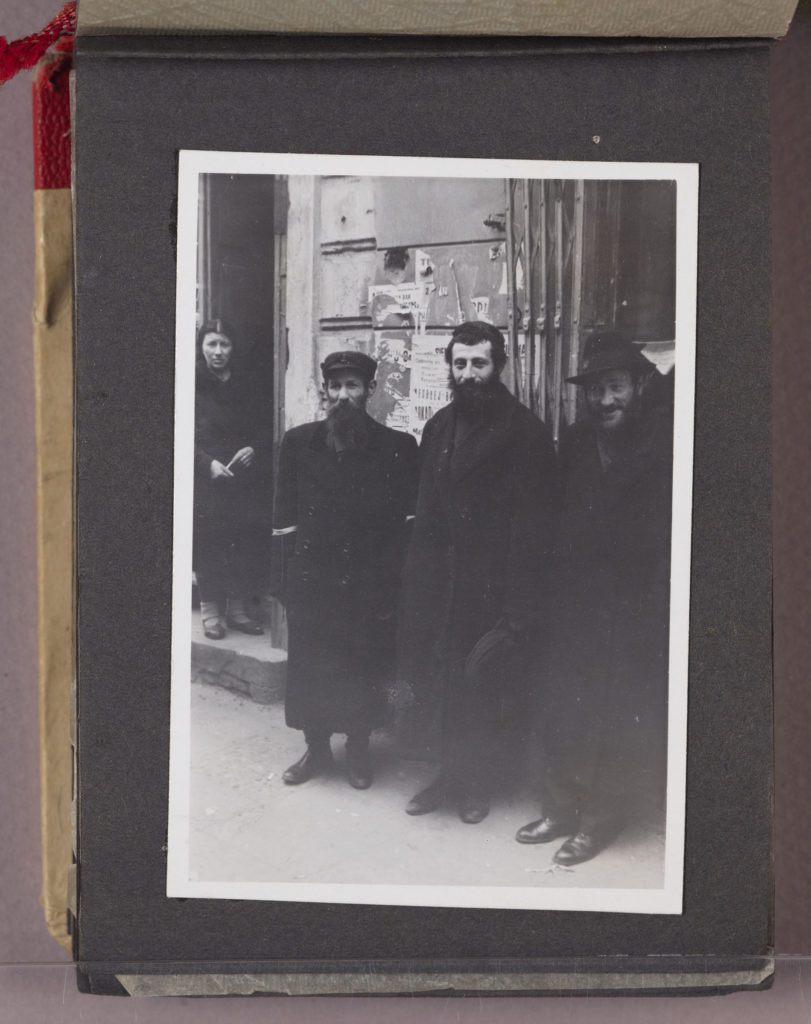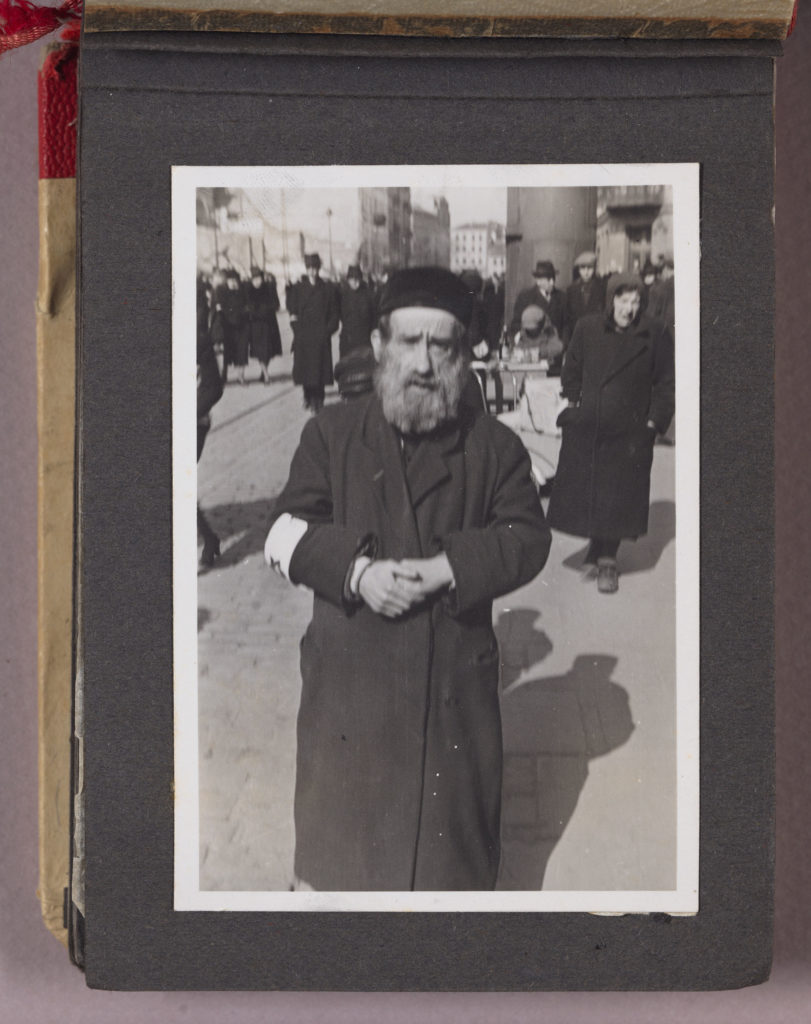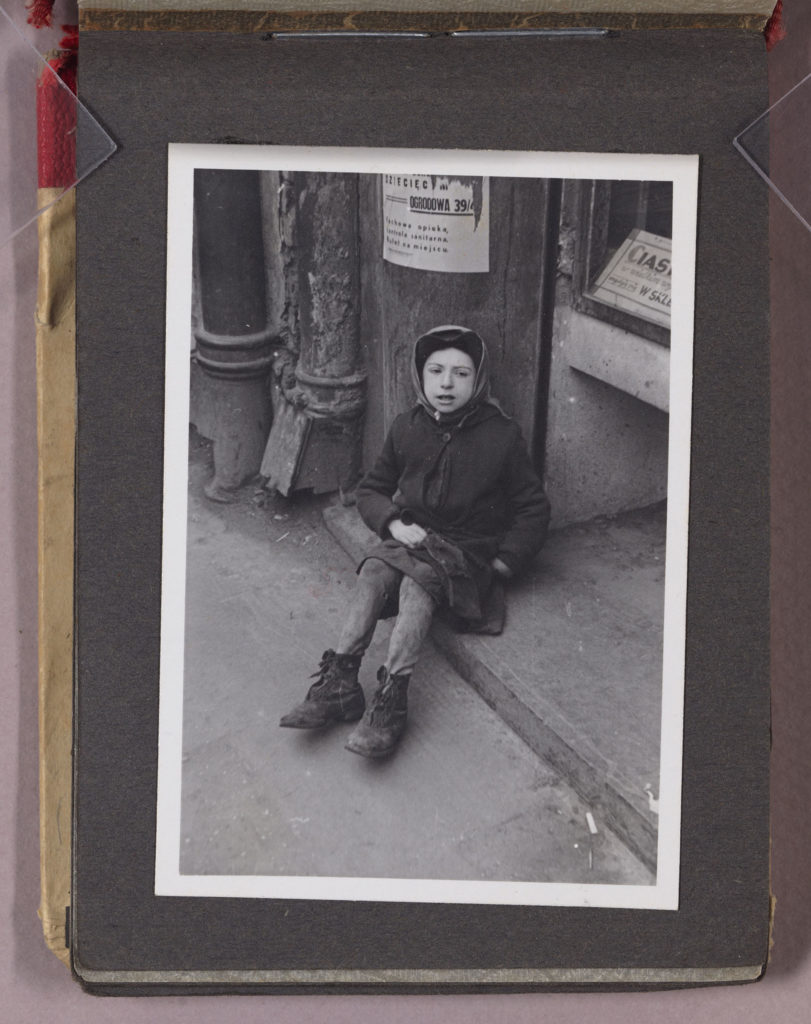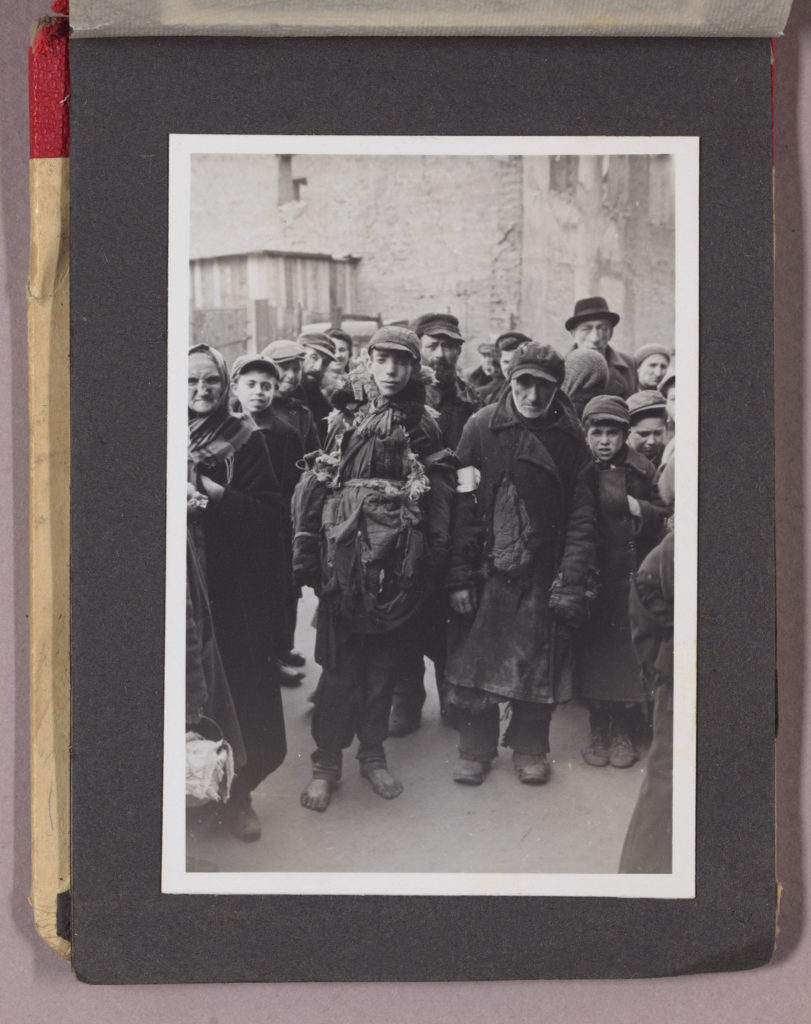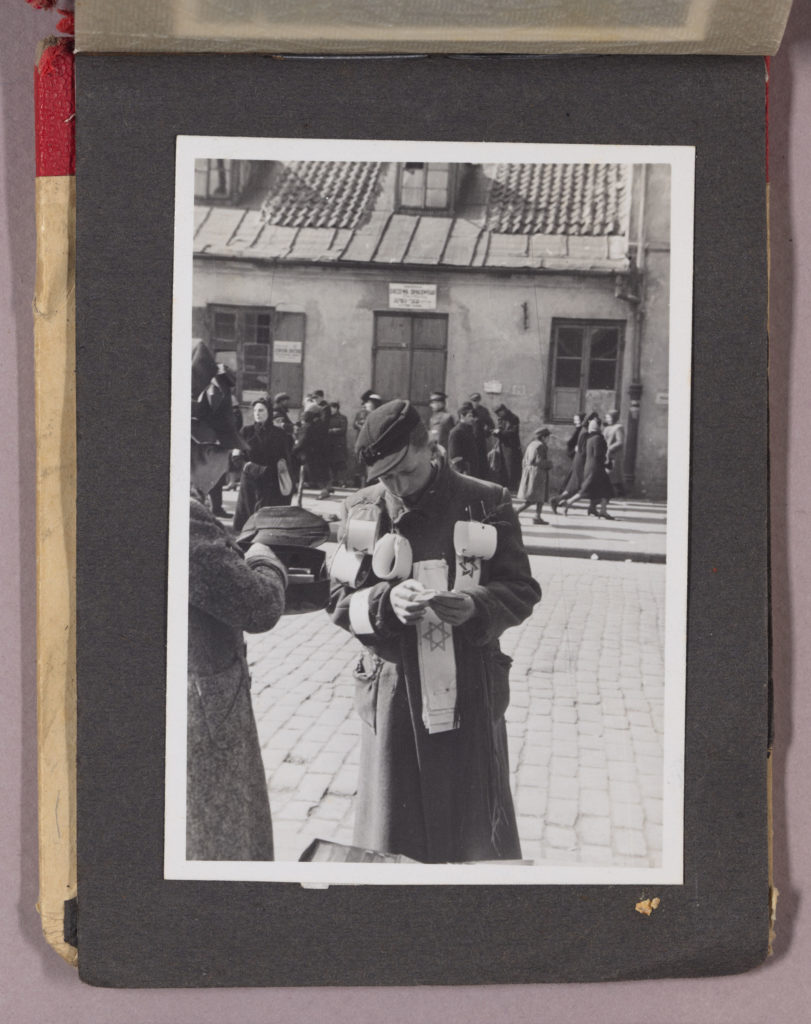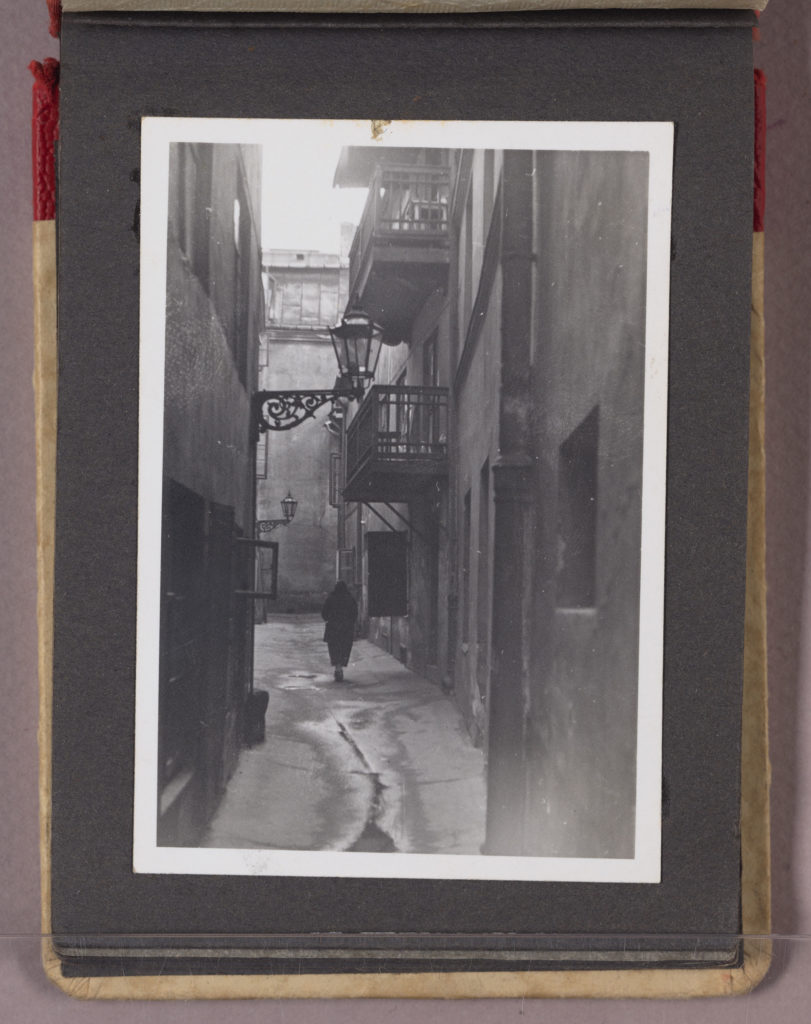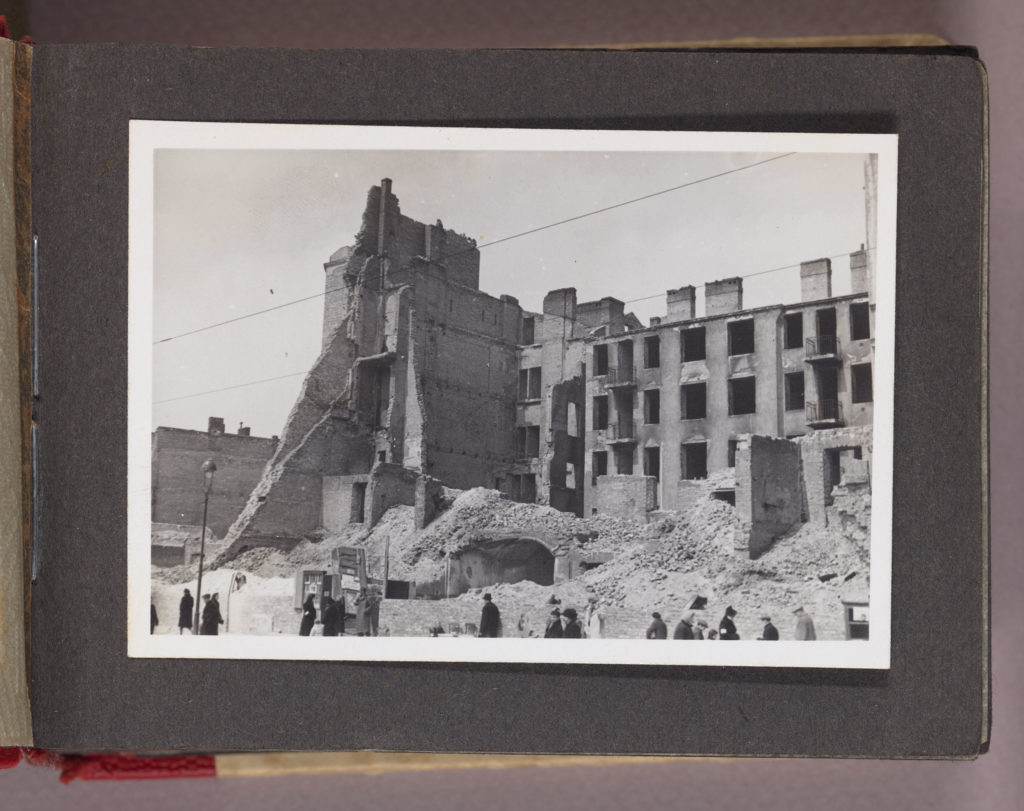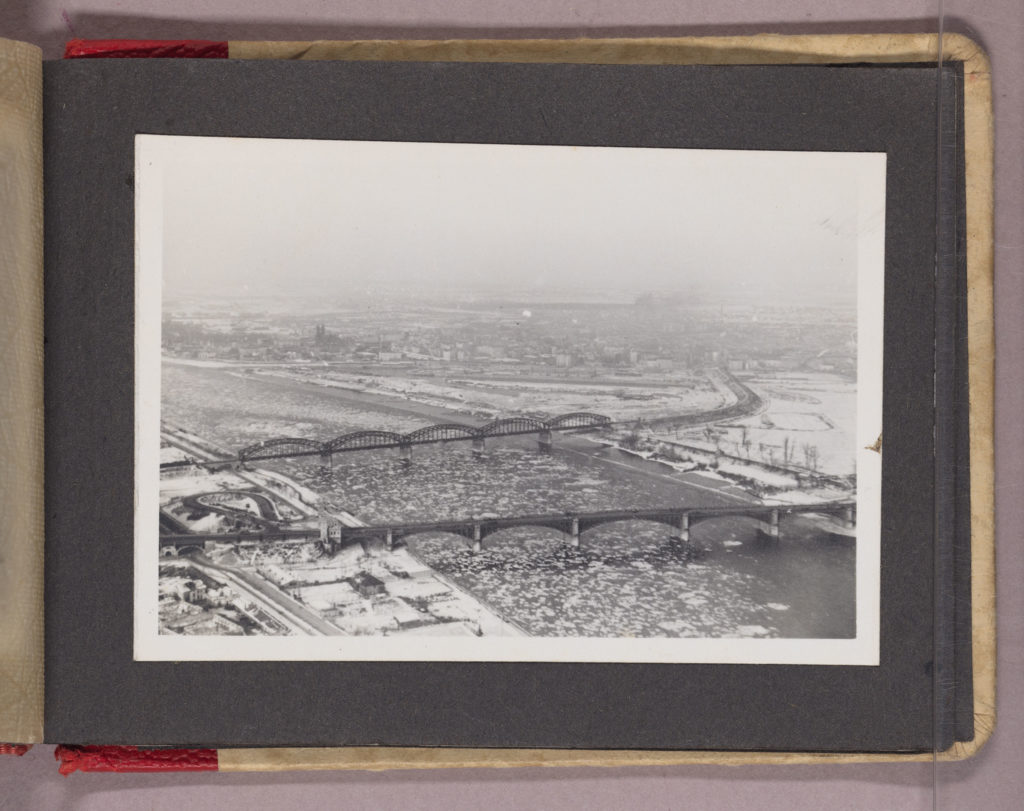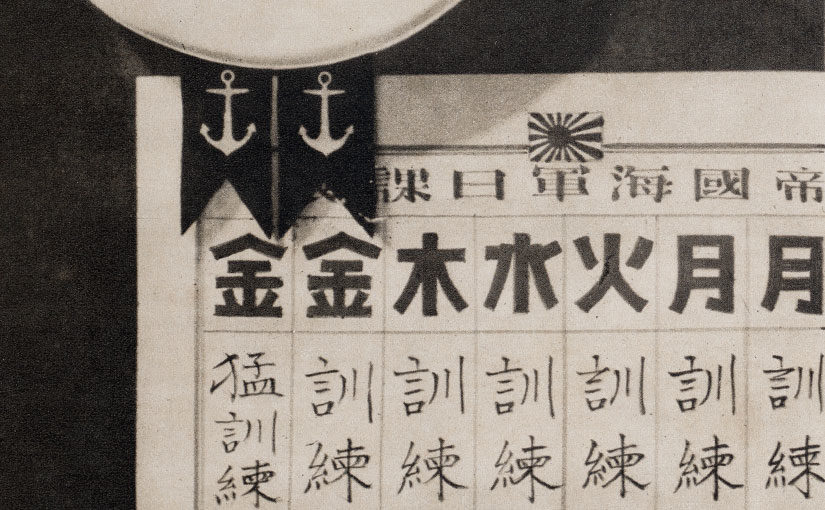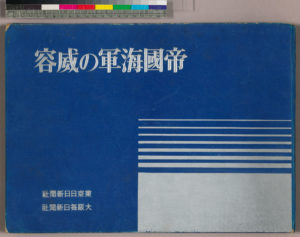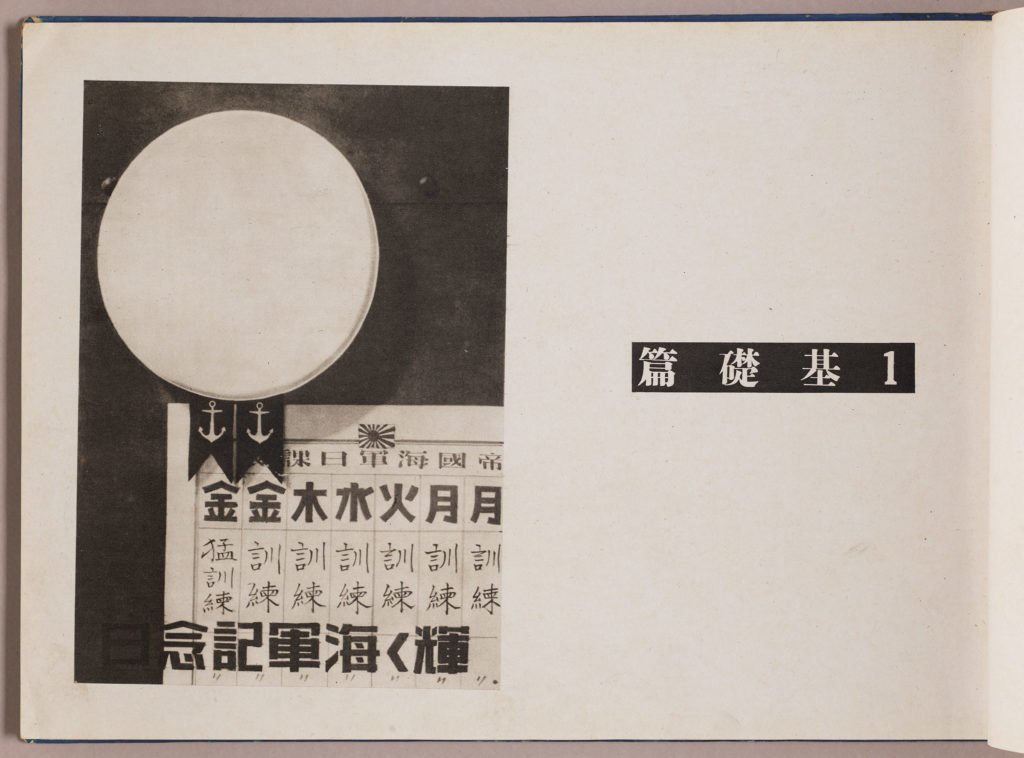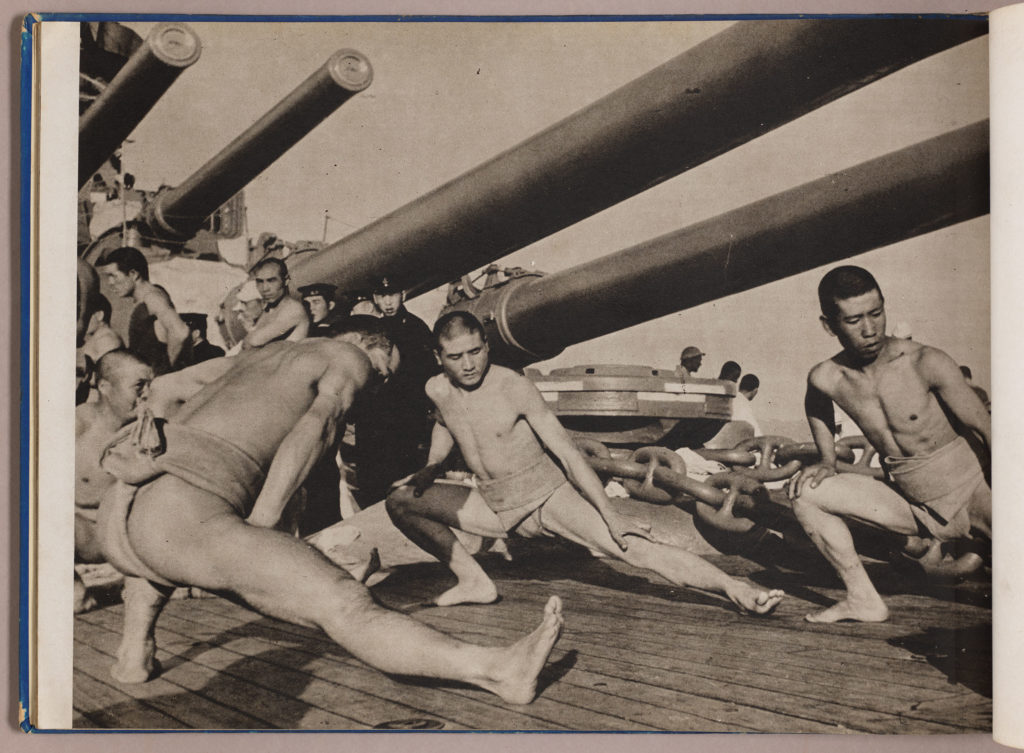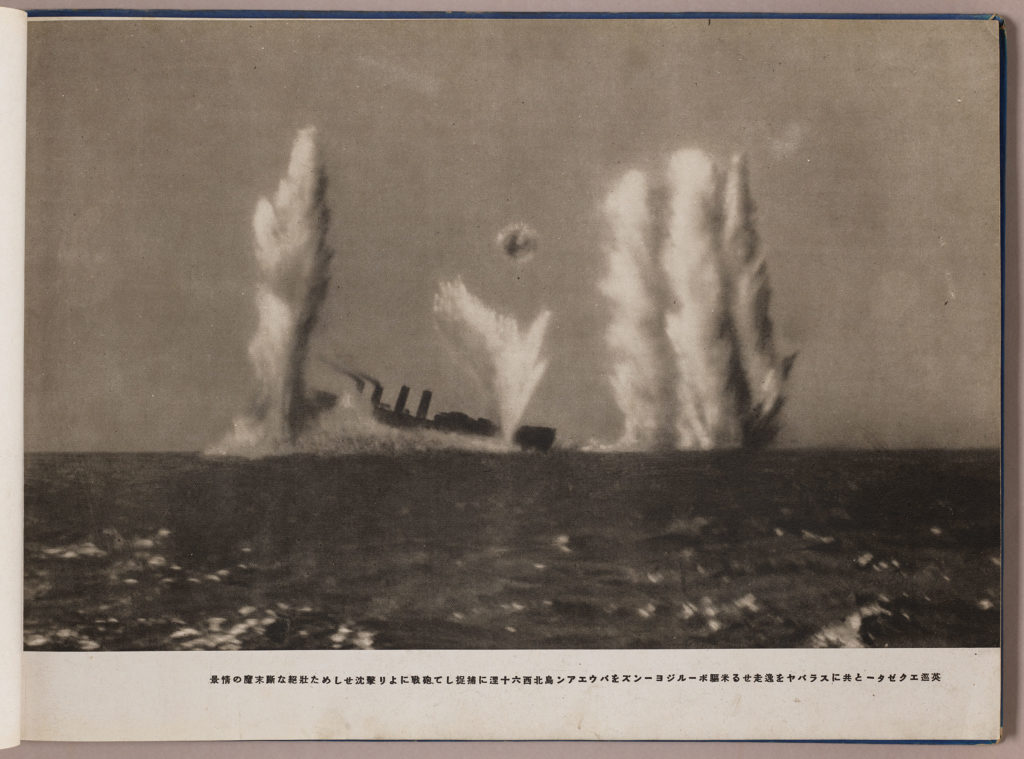by Greg Bond, Sports Archivist and Curator, Joyce Sports Research Collection
Rare Books and Special Collections is pleased to highlight its recent acquisition of the George Koyt Short Track Motor Racing Photographs Collection (MSSP 10150). Consisting of 459 photographs from the 1970s through the 1990s, the Koyt Collection visually documents short track and/or dirt track motor racing tracks mostly in small towns and cities around the United States. Shot over the course of three decades by racing enthusiast and avid amateur photographer George Koyt, some photographs feature the racing action on the track, but many of the images focus instead on the racetrack as place. Koyt’s images tend to center the physical structures of the tracks, the signage at the tracks, and the crowds of fans who attended the races. Koyt’s vernacular photographs provide an enduring and substantial visual record of the culture and the built environment at hundreds of the small-town and local racing tracks that dotted the countryside in the late twentieth century.

(MSSP 10150-59)

(MSSP 10150-93)
George Arthur Koyt (1939-2010) lived most of his life in Bucks County Pennsylvania where he worked as an auto mechanic and was a well-known collector of motor sports memorabilia and a respected amateur historian of auto racing. George and his wife Margaret were both fans of short track and dirt track racing, and they were regular attendees at several different tracks in southeastern Pennsylvania and central New Jersey. Starting in at least the 1970s, the Koyts also frequently traveled to visit local race tracks in different parts of the country. George Koyt’s camera documented their experiences at more than one hundred local tracks in 27 states and one Canadian province.
During his travels, Koyt routinely photographed racetrack signs. These sample images from the collection provide a sense of the different types of signage at local tracks in the 1970s, 1980s, and 1990s.

(MSSP 10150-11)

(MSSP 10150-38)

(MSSP 10150-52)

(MSSP 10150-96)
Koyt also regularly photographed the structures at racetracks, taking pictures of admission booths, spectator stands, judging booths, and other buildings.

(MSSP 10150-12)

(MSSP 10150-15)

(MSSP 10150-41)

(MSSP 10150-82)
Koyt also took pictures of the fans and spectators at the racetracks he visited. These images show the people attending the races and document the community who supported tracks in cities around the country.

(MSSP 10150-45)

(MSSP 10150-55)

(MSSP 10150-68)

(MSSP 10150-81)
George Koyt died in 2010 at the age of 71. His dual interests in short track racing and amateur photography helped to preserve the local and grassroots visual history of this persistently popular spectator sport. The George Koyt Short Track Motor Racing Photographs Collection is open and available to researchers.

